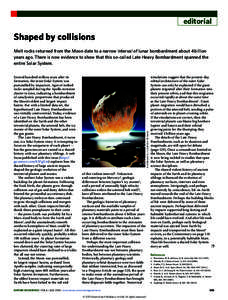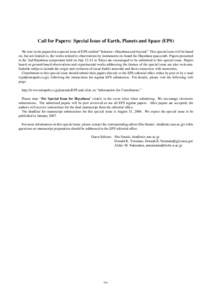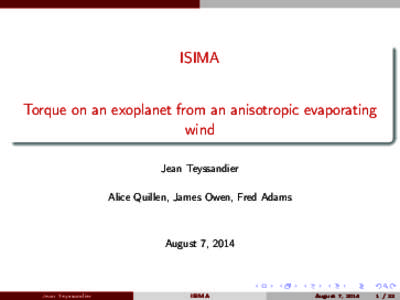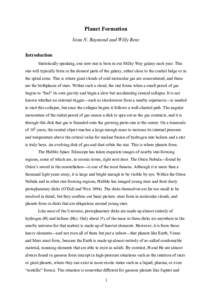991 | Add to Reading ListSource URL: www.nature.comLanguage: English - Date: 2013-06-27 01:51:48
|
|---|
992 | Add to Reading ListSource URL: www.terrapub.co.jpLanguage: English - Date: 2006-06-01 23:12:41
|
|---|
993 | Add to Reading ListSource URL: dawn.jpl.nasa.govLanguage: English - Date: 2014-12-10 23:35:23
|
|---|
994 | Add to Reading ListSource URL: www.ceres.org.auLanguage: English - Date: 2014-03-23 20:37:21
|
|---|
995 | Add to Reading ListSource URL: isima.ucsc.eduLanguage: English - Date: 2014-08-21 10:32:19
|
|---|
996 | Add to Reading ListSource URL: www.terrapub.co.jpLanguage: English - Date: 2006-06-01 23:14:31
|
|---|
997 | Add to Reading ListSource URL: venustransit.nso.eduLanguage: English - Date: 2012-05-18 15:10:51
|
|---|
998 | Add to Reading ListSource URL: astronomy.nmsu.eduLanguage: English - Date: 2011-12-13 14:29:44
|
|---|
999 | Add to Reading ListSource URL: www.lpi.usra.eduLanguage: English - Date: 2015-02-25 16:20:25
|
|---|
1000 | Add to Reading ListSource URL: www.obs.u-bordeaux1.frLanguage: English - Date: 2012-11-22 04:13:39
|
|---|